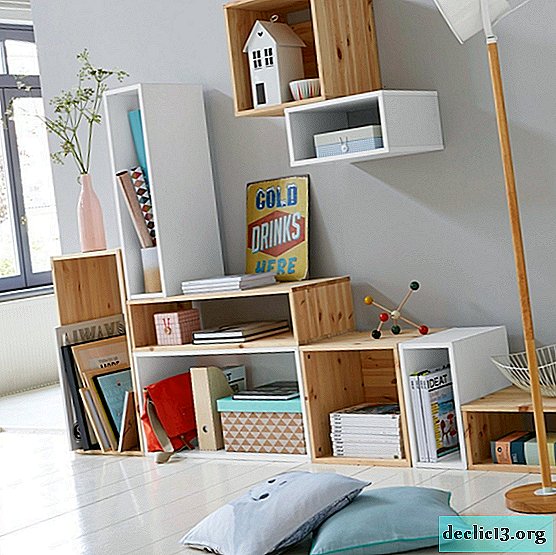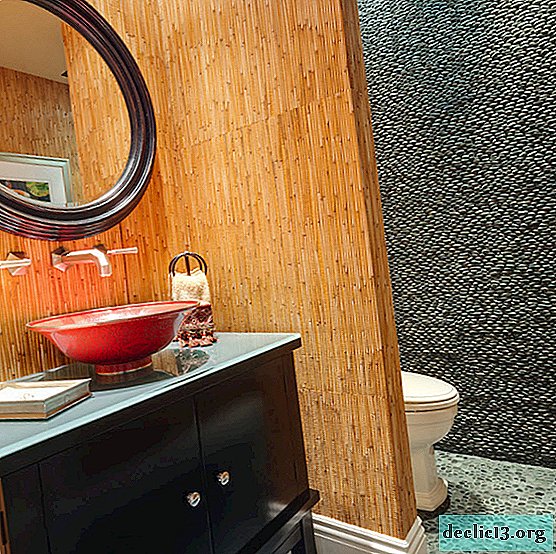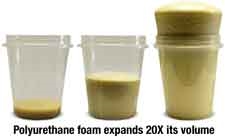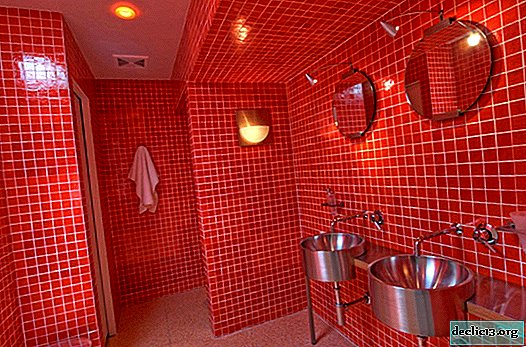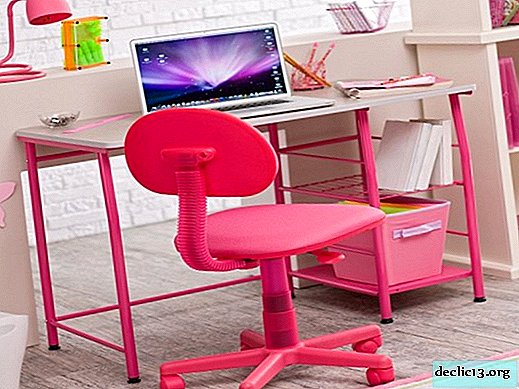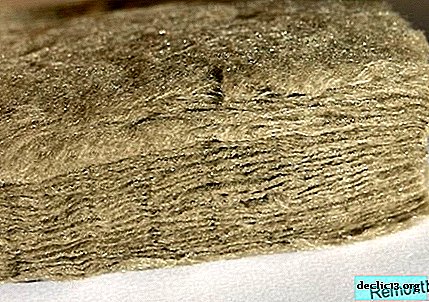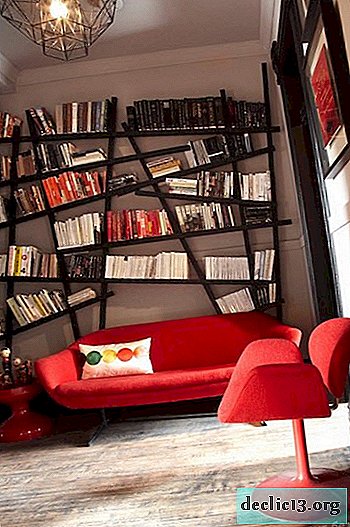Linoleum in a modern interior
Modern flooring manufacturers offer us the widest selection of options. You can find a way to design floors for any style of interior design and a different budget size intended for repair. Among this variety, it is generally accepted that linoleum is one of the simplest, cheapest, and most environmentally friendly flooring options. But is it all so clear? Is linoleum really the last option for those who did not have enough money for parquet or laminate? We will try to answer these and other questions in this publication, backing up the facts with a large selection of photo design projects, in the design of which linoleum was used as a floor covering.
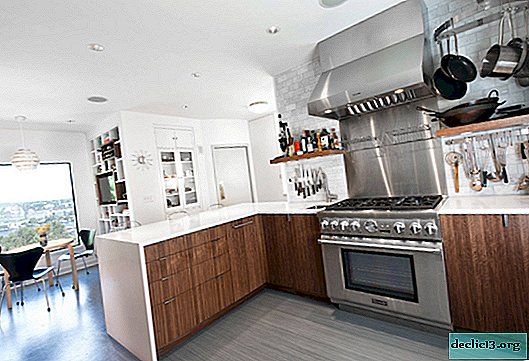

Quite a bit of history
It is generally accepted that linoleum is a modern, artificial material. But the original origin of this flooring was natural, natural. If you translate the word "linoleum" from Latin, you get "canvas (or linen) and oil." A material called “linoleum”, patented in the mid-19th century, was a woven base made of flax or jute soaked in a mixture of vegetable oil and cork flour. With the development of technology, manufacturers of flooring learned to apply a pattern to a new material and became incredibly popular in the early 20th century.




But the material was still very expensive, because the basis of the raw material was natural. With the development of chemical synthesis by the middle of the last century, the natural component from the composition of linoleum almost disappeared. As a result, a completely new type of flooring (rolled synthetic material) began to be called in the same way as its natural predecessor. By the end of the 20th century, the popularity of natural materials began to grow rapidly, there was an incredible demand for high-value finishing materials, but with a natural composition. As a result, under the general name "linoleum", a wide range of both synthetic and natural materials is currently being produced to create flooring.




Types of linoleum - looking for your option
Before you go to the store of finishing materials or on the Internet in search of a suitable product for creating flooring in your home, it will not be out of place to find out about the possible options, their advantages and disadvantages, pricing and technological properties of natural and synthetic floor paintings.



Natural linoleum
The following types of natural raw materials are used for the production of natural linoleum:
- linen or jute fabric;
- wood flour;
- limestone;
- linseed oil;
- wood resin of natural origin.




This type of flooring is also painted with natural dyes. Among the obvious advantages of natural linoleum as a material for flooring, the following can be distinguished:
- the fabric has high strength, withstand high pressure;
- the material is bactericidal, due to the included linseed oil;
- the floor will be durable (about 30-50 years), thanks to excellent wear-resistant qualities;
- the material is environmentally friendly for humans and the environment - it contains only natural components;
- the surface of the flooring can be cleaned using household cleaning products;
- drawing is not exposed to fading in the sun;
- static electricity does not accumulate on the material;
- natural linoleum has a low fire hazard.
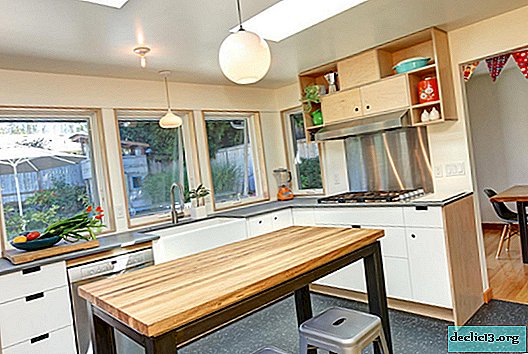



But, like any other finishing material, natural linoleum has its drawbacks:
- high cost often becomes the first and last reason for most Russians to refuse to buy (the price is comparable to a floor or parquet board);
- this type of linoleum cannot be used as flooring in rooms with high humidity (the natural base is subject to rot);
- the material has low elasticity, which affects not only the process of laying the coating, but also use in rooms with a low temperature;
- a small range of colors and prints is associated with the features of the technological process of production;
- after installation of a natural canvas, a characteristic odor may remain in the room for several months.




The use of decorative materials of natural origin is incredibly popular nowadays. For everyone who is not constrained by severe financial restrictions on repairs, linoleum of this type can be a great way to organize flooring in the home. It is just not recommended to use it in bathrooms, kitchens and hallways.




PVC linoleum (polyvinyl chloride material)
One of the most popular linoleum options is canvas made of PVC material. It can have one of the types of foundations (or be presented without it):
fabric basis - It can be made of natural material (for example, jute), or have a synthetic origin (fiberglass). The topcoat, which may be plain or patterned, is made of either polyvinyl chloride. Such linoleum can have a thickness of up to 5 mm;


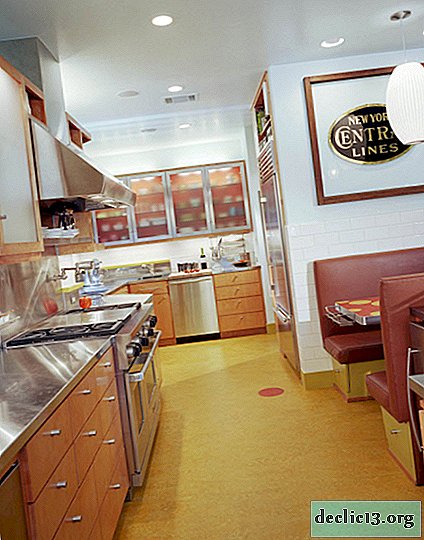

non woven backing - may consist of synthetic material or natural felt. Such a basis helps to significantly improve the thermal insulation properties of the coating. But the material is quite porous (able to absorb moisture) and prone to deformation under heavy loads. Therefore, it is not worth using such linoleum in rooms with high humidity and high traffic;




PVC base (foamed) - one of the most popular options for the base for decorative materials for floors. Foamed PVC is applied chemically or mechanically. A mechanical option is preferable - the material is resistant to collapse at high loads. The PVC layer is porous, able to withstand mechanical stress and maintain the geometry of the canvas.




If linoleum has in its composition one type of base, it is called homogeneousif a few heterogeneous. Accordingly, the composition and the number of bases strongly affect the technological properties of the canvas. One of the advantages of homogeneous linoleum is that the pattern is present throughout the entire thickness of the canvas, i.e. wear and tear is not a hindrance. But there are also disadvantages of such material - the high cost and the impossibility of applying complex drawings, creating simulations of wood and tile. But for rooms with high traffic (public spaces), such flooring is perfect.




The advantages of PVC linoleum include the following:
- high elasticity, greatly simplifying styling;
- a wide range of color solutions, the ability to create the most intricate designs and patterns;
- affordable cost;
- simplicity in leaving (fast and not labor-intensive cleaning of pollution);
- material produced by certified firms is non-toxic.



There are few disadvantages of a polyvinyl chloride flooring:
- the fabric shrinks when exposed to high temperatures;
- after installation of the floor covering, odor can be preserved (for several weeks).




Relin or rubber linoleum
Rubber linoleum is a two-layer coating - one of the parts is made of recycled rubber, the second is synthetic rubber painted in the desired color. Two parts are connected together using bitumen mastic. This type of linoleum has the following advantages:
- high resistance to moisture (the coating can be used in rooms with very high humidity);
- excellent elasticity;
- high strength material;
- durability.
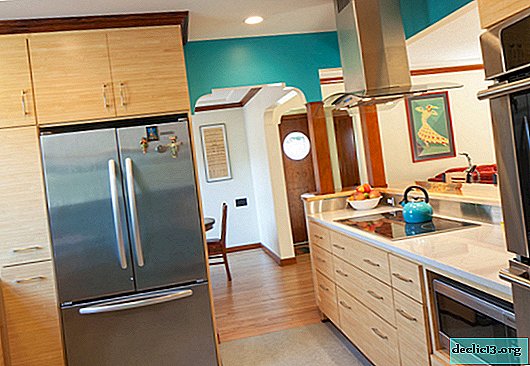


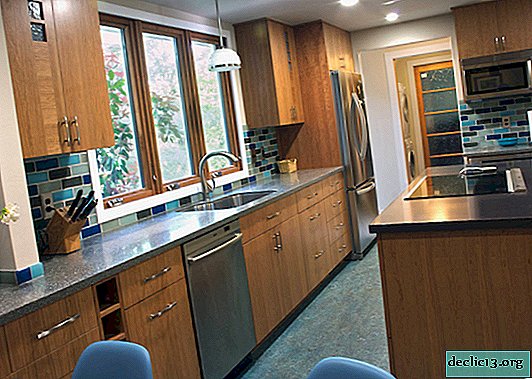
Relin can be used near pools, in gyms, various workshops, garages. But in residential premises, the use of rubber linoleum is contraindicated - the material is capable of emitting harmful substances.




Alkyd (glyphthalic) linoleum
A feature of alkyd linoleum can be considered the mandatory presence of a fabric base, on which, using special technologies, modified alkyd or glyphthalic resins with additives that improve the technological properties of the material are applied. In addition to resins, dyes are added to create a plain or colored canvas.
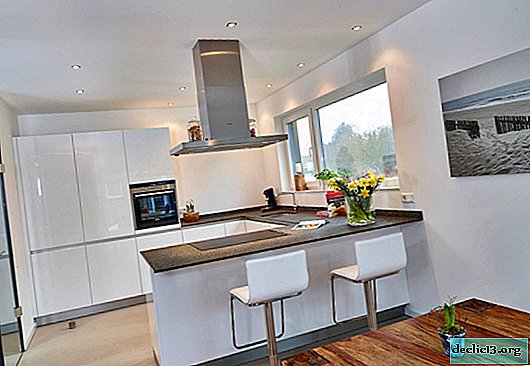



The advantages of alkyd linoleum include:
- excellent sound and heat insulation properties (compared with PVC linoleum);
- high wear-resistant properties allow the material to be used up to 40-50 years;
- cleaning such a coating is even easier than PVC linoleum.




If we talk about the minuses of alkyd canvases, then we can distinguish:
- low elasticity at low temperatures (close to zero);
- for installation, I must turn to professionals;
- low fire safety reduces the possibility of using flooring in residential spaces. Glyphtal canvas was most widely used as a coating in public transport - train cars, planes, ship cabins and motor ships.



Choosing a floor covering for the house
The abundance of linoleum options can only complicate the process of choosing the right flooring for private use. Moreover, most modern canvases are heterogeneous and contain substances with different properties. Therefore, a classification system was adopted that helps to subdivide the finishing material into categories and classes depending on the characteristics and the corresponding use in residential or public places.



Each class of linoleum is indicated by two code digits and an icon. The first digit in the class designation means the following:
2 - linoleum for residential premises;
3 - coating for office and commercial spaces;
4 - cloth for industrial use.




The second digit in the class marking indicates the level of load that the coating can withstand:
1 - low load;
2 - average;
3 - high;
4 - very high.




Household linoleum
Such a coating is made with a class designation from 21 to 23. According to the standards adopted by European manufacturers, such a canvas should have the following characteristics:
- web thickness from 0.15 to 3 mm;
- specific gravity of material from 1.25 to 2.25 kg / m2;
- the flexibility and elasticity of the material is checked as follows - when winding on a tube (holder) with a diameter of 45 mm, no cracks should form on the surface;
- sound absorption should be in the range from 13 to 18 dB;
- water absorption of the canvas should not exceed an indicator of 1-1.5%;
- shrinkage of the coating should not be more than 0.2 mm per meter of surface.


Semi-commercial linoleum
Coating labeled 31 to 34 is considered semi-commercial. Basically, this coating is used in offices, office spaces, commercial premises with low and medium traffic. But, given the small difference in cost and high technological properties, this type of cloth can be used for finishing floors in private apartments - for installation in kitchen and utility spaces (hallways, corridors, floors near stairs).



Semi-commercial linoleum has the following indicators:
- specific weight of the web from 1.6 to 2.5 kg / m2
- sound absorption from 12 to 16 dB;
- shrinkage when using no more than 0.1 mm per meter;
- the flexibility and elasticity should be such that when winding the material on the rod with a diameter of 10-40 mm, cracks do not form;
- Guaranteed service life of at least 7-20 years.




Some tips for buying linoleum
When choosing linoleum, you must adhere to the following unwritten rules:
- purchase flooring only in specialized stores, ask for a certificate of conformity and hygiene;
- certified manufacturers always put their logo, linoleum class, batch number on the back of the canvas (if you plan a bulk purchase, it is necessary that all the paintings are from the same batch, the color may differ by a tone or two) and the production date;
- the manufacturer can also put special pictograms (graphic icons) on the reverse side, indicating the special properties of the canvas - high wear resistance, a coating that does not accumulate static electricity, anti-slip surface, easy care, double base, enhanced protection of the top layer, high scratch resistance and abrasion;
- most often world-famous manufacturers indicate the warranty period for the operation of their goods;
- it is necessary to choose a cloth for finishing floors so that there are no connecting seams in the room or their number is minimal (due to the correct measurement of the area and the choice of the corresponding width of the canvas);
- for rooms with a high risk of pollution (hallways) it is better to choose linoleum with a glossy surface;
- when buying, you need to look at the entire linoleum canvas, if you notice a marriage after the delivery of the material and the signing of the relevant papers, returning the goods to the store will not be easy.



It is also necessary to remember that all your efforts to choose linoleum and its installation can be affected by poor surface preparation. If you are not confident in your abilities for preparatory work and the subsequent laying of linoleum, then the best way would be to contact specialists.




